Of Corals And Conservation: Protecting Sentosa’s Marine Life
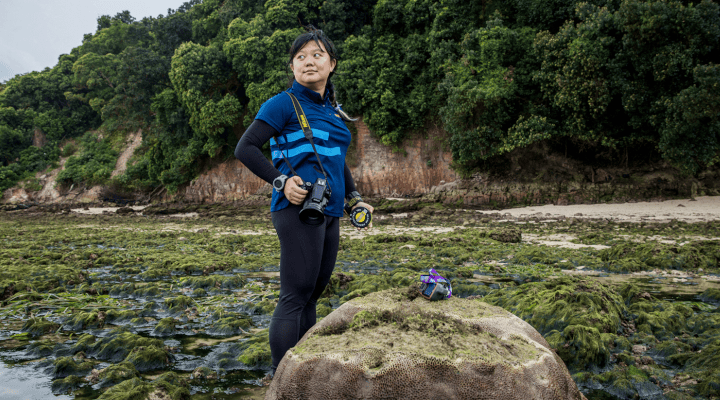
As dawn breaks over the Sentosa coastline, Ms Leanne Tan stands ankle deep in seawater, a camera in hand. The low tide has exposed the rocky seabed, uncovering a giant Platygyra coral over 55cm tall.
While her colleagues carefully wrap a measuring tape around the coral, Leanne keys its location and measurements into a geotagging device. Then, she photographs the specimen.
This process, known as coral cataloguing, is one of Leanne’s duties as an Assistant Manager (Conservation) at the Sentosa Development Corporation (SDC). It also plays a larger role in the conservation of Sentosa’s rich marine life.
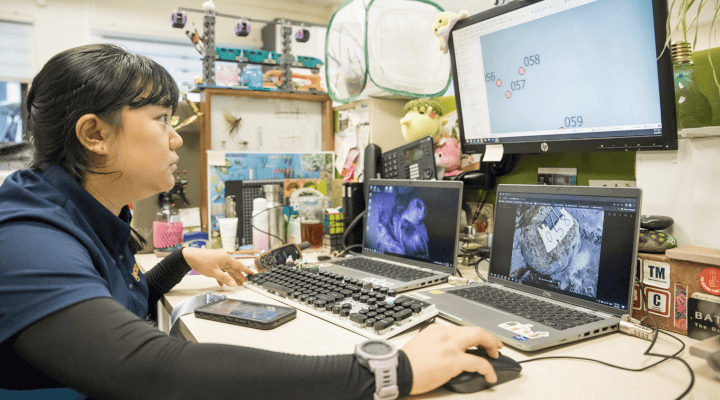
Knowing What To Conserve
Simply put, coral cataloguing helps Sentosa’s conservation team know what marine life the island has and what should be conserved. The data obtained from the cataloguing will be entered into SDC’s marine biodiversity database, which Leanne oversees.
Using information such as the types of species and their habitats, Leanne and her team can identify gaps and changes to Sentosa’s marine biodiversity over time. This aids them in tracking the effect of various factors on marine life, as well as the impact of restoration efforts.
“During my undergraduate days, the phrase ‘you cannot conserve what you don’t know’ was mentioned a lot,” said Leanne, who has a background in Environmental Studies. “I found it very applicable to planning for any conservation efforts.”
Protecting Sensitive Habitats
Some species of marine life in Sentosa, such as coral, are rarer or have higher conservation value. Drawing attention to them attracts visitors, whose actions could be damaging to the species or their habitat. So Leanne’s team decides which species should be shielded from the public eye.
This is also why the exact location of Leanne’s coral cataloguing is kept secret. Currently, the area is only open for researchers, environmental outreach efforts, and staff like Leanne who conduct biodiversity surveys.
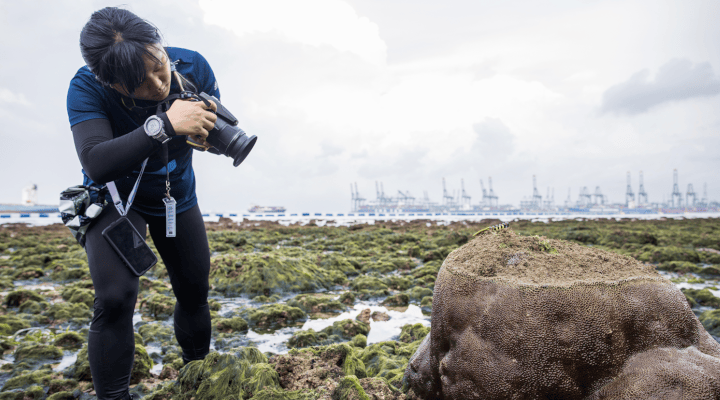
A Balanced Approach
One way to protect sensitive habitats and species is to limit the surrounding activities.
For other less sensitive areas, visitors are encouraged to follow behavioural guidelines. Created by Leanne alongside multiple teams across the SDC, these guidelines were put in place to prevent damage to the environment.
Tanjong Beach, for example, is popular with people – and female hawksbill turtles, who sometimes come to shore to lay their eggs.
To protect these turtles, visitors are advised to knock down sandcastles after building them so that baby turtles have an unobstructed route to the ocean. More of such visitor do’s and don’t’s are published on Sentosa’s website.
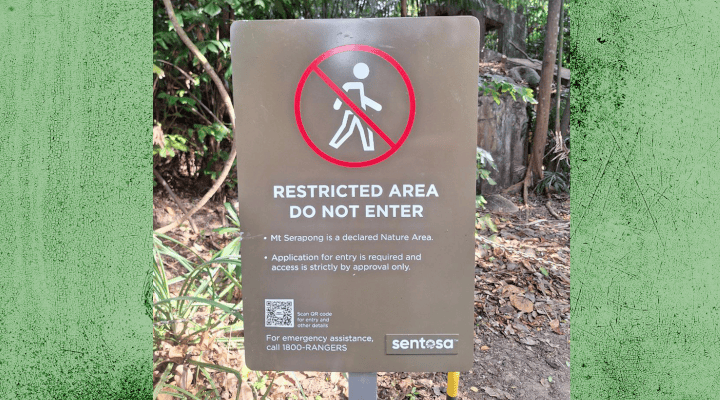
This approach to conservation balances environmental protection with guest experience. Enforcing hard rules and fines would conflict with tourism interests, Leanne explained. Instead, the teams approach the issue from an educational angle and seek understanding from the public.
These guidelines now cover all parts of Sentosa, including its sensitive habitats. As any visitor to the island would have seen, animals roam freely, plants are everywhere and certain areas (such as intertidal and subtidal zones) are easily accessible.
For Leanne, this overlap of the natural and human spheres makes her work exciting. “I get to work in the marine and terrestrial fields, on both flora and fauna,” she shared. “All this is happening against the backdrop of operations and development at a tourist destination where my work has an impact.”
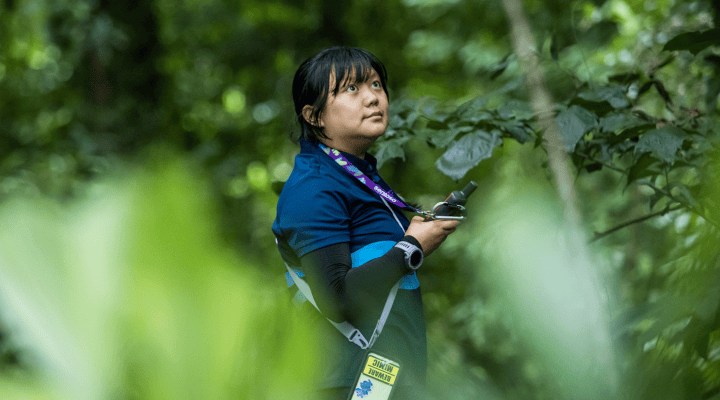
How Did You Get Into the Field of Conservation?
When I was younger, I was drawn to marine snails and coastlines. Later on, I pursued a degree in Environmental Studies and did my final year project on marine snails with the Tropical Marine Science Institute. Several internships later, I was fortunate enough to come across this newly created role in SDC!
What Other Work Do You Do as a Conservation Manager?
Besides desk work, I occasionally work on ad-hoc on-site projects and challenges such as box jellyfish sightings, algal blooms turning the Sentosa Cove waters pink, and the sedimentation of marine habitats caused by heavy rains and erosion.
I also help out with Sentosa’s Siloso Headland Intertidal Programme at times, running tours of the island’s intertidal areas. My favourite part is getting to work with colleagues and volunteer guides with their infectious passion for marine life.
How Has Your Work Changed Your Perspective on Conservation?
So far, I’ve worked with diverse stakeholders in areas such as environmental education, outreach and land development. This has given me a more thorough understanding of the far-reaching impact of conservation efforts.
I’ve also learnt the value of considering multiple perspectives and collaborating across sectors to achieve successful conservation outcomes.

To get more stories like this, subscribe to the Challenge Telegram channel.
- POSTED ON
Sep 11, 2023
- TEXT BY
Hidayah Md Sham
- PHOTOS BY
Norman Ng









